In the production and operation of electric oral care devices, seal degradation and circuit shorting are two common yet often underestimated risks. But what happens when these two issues occur together? Could their combination pose a serious safety risk? Understanding this correlation is essential for manufacturers prioritizing device reliability and user safety.
Seal degradation typically results from:
Once degraded, seals can no longer prevent moisture ingress, leaving internal electronics vulnerable to water exposure.
When seals fail, moisture gradually infiltrates the device housing. Water droplets or vapor can settle on circuit boards, resulting in:
In many cases, the short circuit does not trigger immediate device failure but causes intermittent malfunctions, which increase the risk of overheating or battery-related incidents.
The combination of seal degradation and circuit shorting elevates device safety risks significantly:
This double failure must be treated not as a cosmetic defect but as a functional safety threat. Company web:https://www.powsmart.com/product/electric-toothbrush/
To mitigate this risk, manufacturers can implement:
These engineering strategies extend both seal and circuit lifespan.
Beyond design upgrades, production lines should adopt:
Strict adherence to cleanroom standards during assembly further minimizes contamination and assembly-related seal failures.
In summary, the intersection of seal degradation and circuit shorting represents a critical safety risk in electric toothbrushes, water flossers, and other oral care devices. For manufacturers, proactive design, process control, and maintenance education are key to preventing this hidden hazard.
If your brand seeks expert support in moisture protection engineering or circuit protection solutions, contact us to explore tailored OEM/ODM development strategies. Contact us
-1024x1024.jpg)
.jpg)
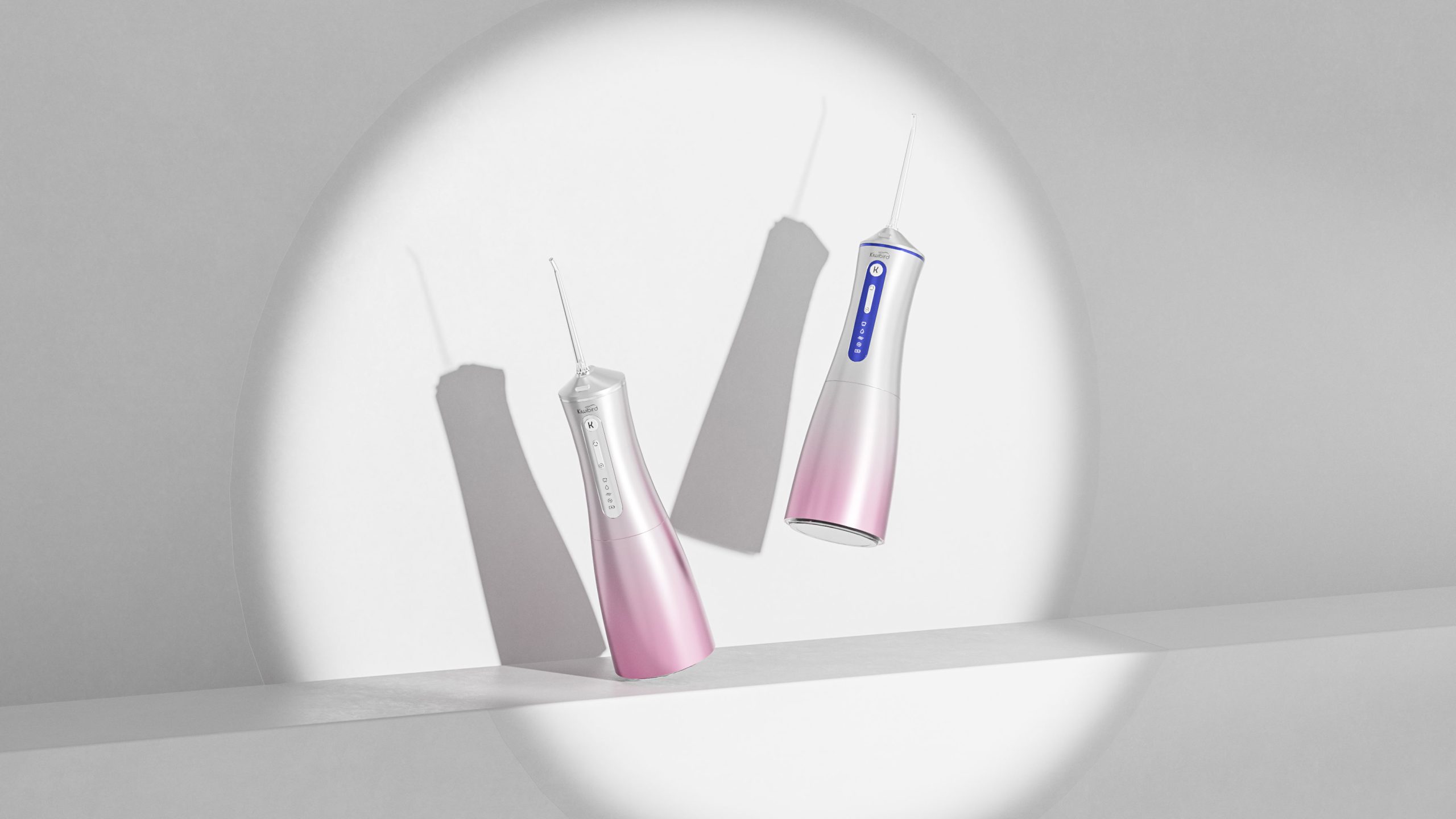
How to Choose the Right Nozzle for Your Water Flosser
LA Affordable Toothbrush – Budget-Friendly Oral Care
Battery Corrosion + Charger Incompatibility — What’s Next?
.jpg)
The Hidden Risks of Over-Engineered Water Flossers: Consequences of Excessive Pulse Frequency
Is Your Brush a Germ Magnet?

The various functions of electric toothbrushes: gimmick or practical?
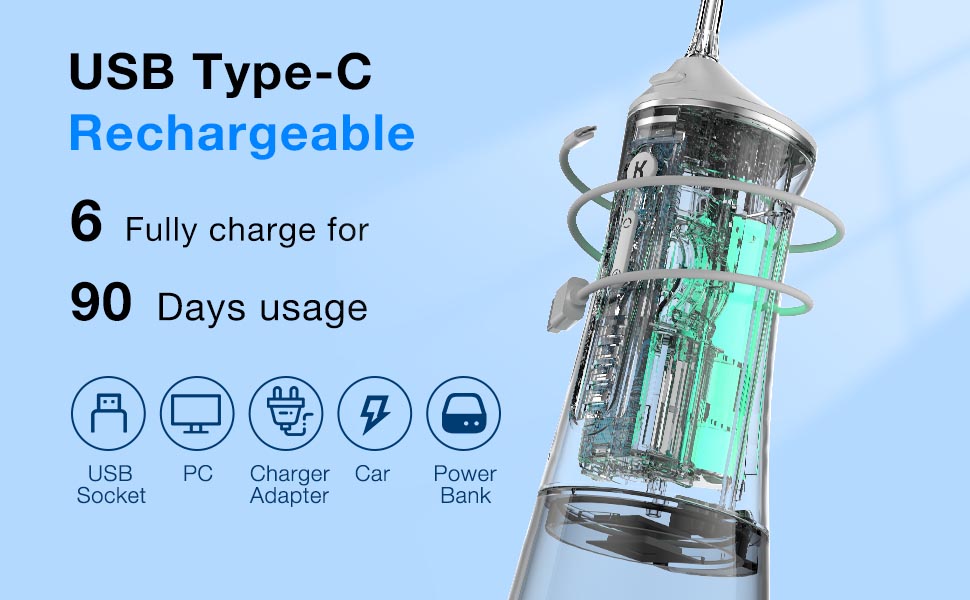
8 Must-Have Features for Dental Water Flosser
Charging Port Damage Triggering Bristle Shedding – Related?
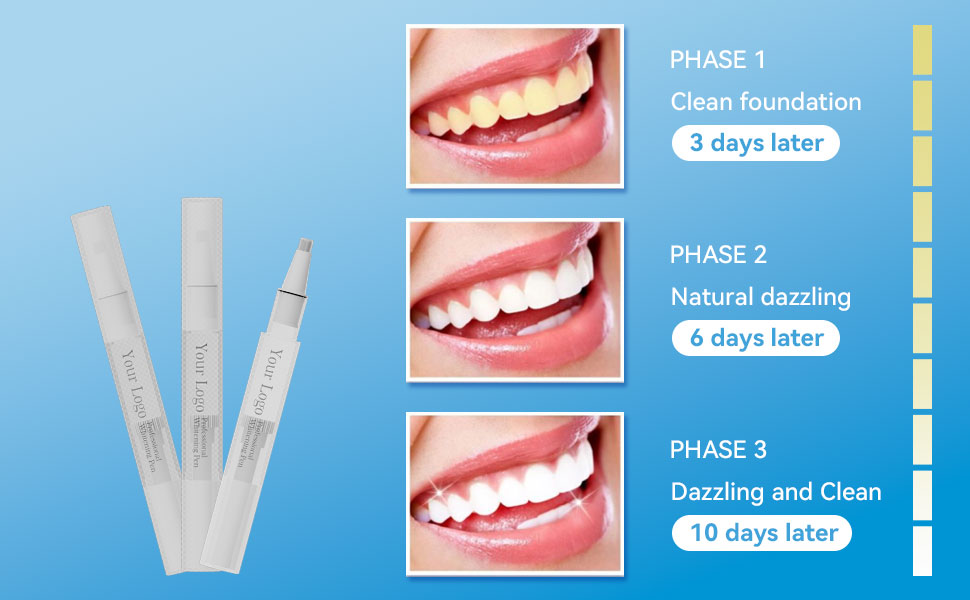
Does Teeth Whitening Gel Expire?
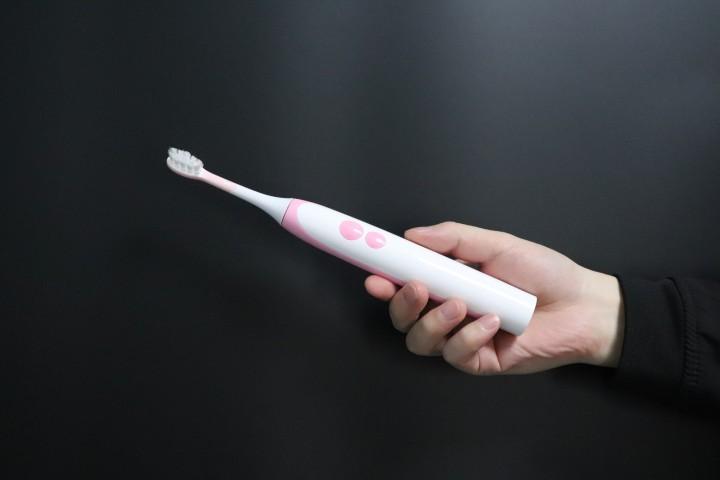
The Reasons and Solutions for the Electric Toothbrush Not Responding When Turned On

Popular Electric Toothbrush Design Styles – OEM Trends for Brand Success
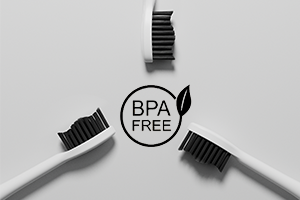
BPA-Free Brush Heads: Why They Matter for Oral Care Brand Owners

How to Achieve Green Production in a Water Flosser?
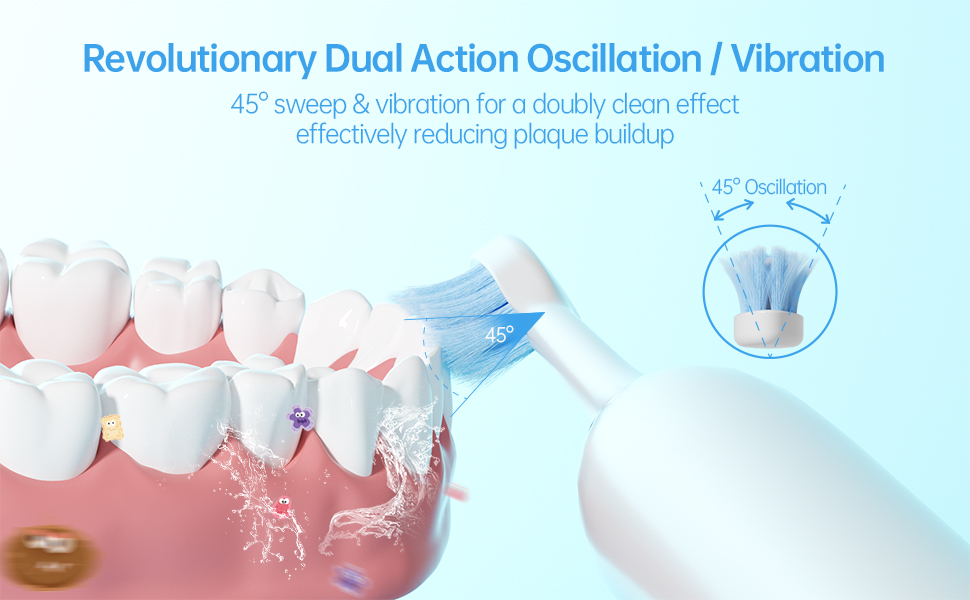
Workplace Oral Health Initiatives – Inspiration of Custom Electric Toothbrush Programs
.jpg)
How to Choose a High-Profit Electric Toothbrush? A Must-Read Guide for Distributors
.jpg)
A Complete Guide to OEM Customization of Electric Toothbrushes: From LOGO Printing to Core Function Development

Customization Teeth Whitening Gel
.jpg)
Florida Electric Toothbrush – Powsmart PTR-C8

electric toothbrush heads Regular Clean

Private Label Whitening Gel

Electric toothbrush heads Charcoal Infused-Diamond

electric toothbrush heads Charcoal Infuse-Round

electric toothbrush heads Ultra Soft

electric toothbrush heads Deep Clean
whstapp
whstapp
National Toll-Free Service Hotline
+86 755 86238638